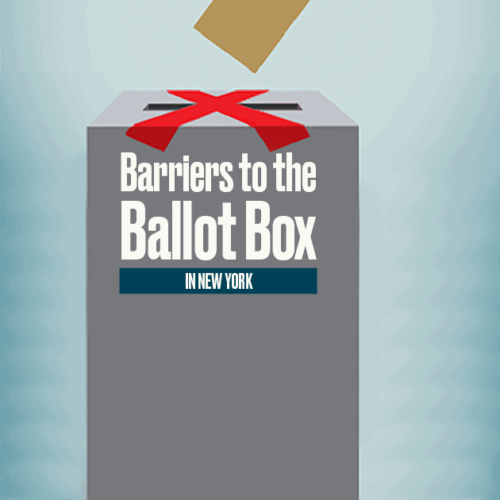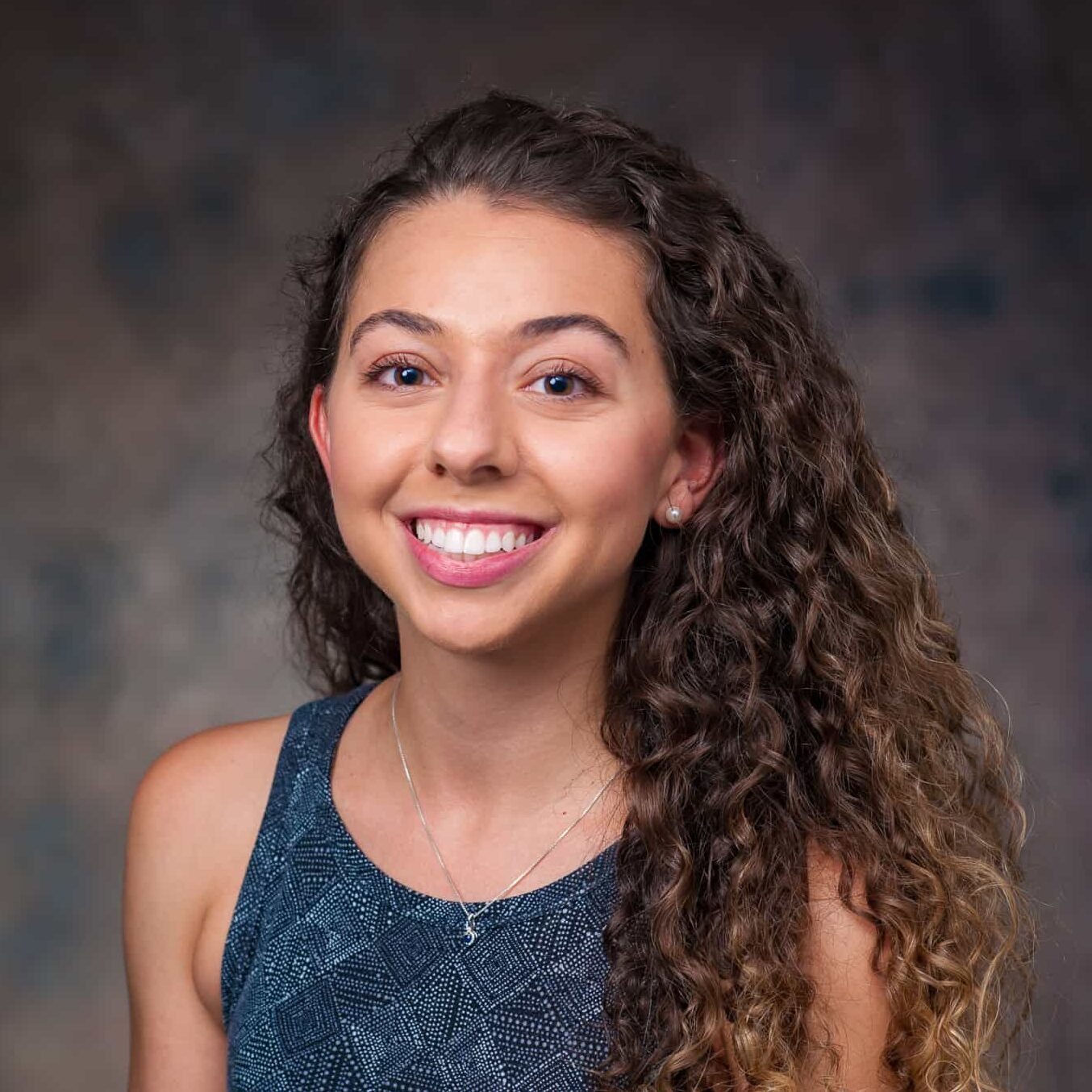Introduction
Only 57% of eligible New York voters cast a ballot in the 2016 presidential election, 41st for voter turnout in the nation. Participation will likely improve this fall since the state has added early voting and made it easier to get an absentee ballot this year.
But until New York drops onerous voter registration deadlines and removes other barriers to voting, advocates say, thousands will continue to be cut out of the electoral process.
Sign up for The Moment newsletter
Our CEO Susan Smith Richardson guides you through conversations and context on race and inequality.
Here’s a look at some of the most significant updates on restrictions to voting rights and access in the state:
Registration dates
If New Yorkers didn’t register to vote by Oct. 9, they missed their chance. The state has one of the earliest deadlines in the country allowed by federal law.
“The registration deadline is almost 30 years old,” said Perry Grossman, senior staff attorney at the New York Civil Liberties Union. “It predates the internet. It predates cell phones.”
Voters were able to request an absentee ballot online for the first time this year. But mailed applications for absentee ballots had to be postmarked by Oct. 9 and reach the Board of Elections by Oct. 14.
Advocates say this prevents many from voting.
“Twenty-one states and D.C. have same-day registration, and New York should as well,” Grossman said. “There’s no excuse for it.”
Absentee ballots and early voting
Before the pandemic, New York voters needed an excuse — like being out of state on Election Day or having a physical disability — to receive an absentee ballot. Gov. Andrew Cuomo signed a bill in August to waive this amid the pandemic, allowing almost 13 million registered voters to vote by mail. This will expire in January 2022.
“Voting should look better this year since it’s easier,” said Jennifer Wilson, deputy director of the League of Women Voters of New York State. “People who worked during the day couldn’t use their work schedules as an excuse to receive an absentee ballot for the last presidential election, and early voting only began in the state in 2019.”
And unlike a number of states that require ballots to be received by Election Day to count, mail-in ballots in New York must be postmarked by Nov. 3 and received by Nov. 10. Military ballots get an extension until Nov. 16.
But New Yorkers have already seen problems with the mail-in system in this election.
Almost 100,000 defective mail-in ballots were sent to voters in Manhattan and Brooklyn late last month. The city’s Board of Elections posted a video to its website and sent a small handful of tweets to inform voters of the mistake. The agency did not respond to requests for comment.
“The risk in this situation is fairly significant suppression, not voter fraud,” said Jarret Berg, co-founder of Vote Early NY. “If voters don’t get a text or see a [public service announcement], their votes can be in jeopardy, and they won’t even know.”
Many voters have already received a new and correct ballot, paid for by the vendor, Wilson said.
Another issue: Votes in the June primaries took over a month to get counted, as the state received 10 times the number of mail-in ballots compared with recent elections.
Fixing absentee ballot mistakes
New York has a history of erroneously rejecting ballots for issues that have nothing to do with voter eligibility. The state’s 62 counties have autonomy in determining election rules, Wilson said.
“It’s been a huge problem in the past because counties can interpret things how they want,” Wilson said. “They might get regulations from the state, but ultimately counties self-decide.”
Election officials discarded about 14% of the absentee ballots cast in the 2018 general election. Some counties rejected ballots because a voter signed in pencil, and others rejected ballots because they were damaged by the Postal Service. Omitted signatures, wrong dates and failed signature matching were other reasons cited by counties to discard ballots.
While lack of consistency across the state is an issue, Wilson said, she was more concerned about counties that didn’t let voters fix their mistakes. That’s changing this year.
New York’s League of Women Voters sued the New York State Board of Elections and the Office of the New York Attorney General in July, arguing that the state had no process of allowing voters to resubmit ballots with such errors.
They reached a settlement agreement over the summer, and the state passed legislation to give voters the chance to resolve changes to their mail-in ballots to help avoid ballot rejection.
Felony disenfranchisement
People convicted of felonies in New York lose their right to vote while in prison, on probation and parole. Once probation and parole have been completed, those rights are automatically restored.
But Cuomo signed an executive order in April 2018 that paved the way for parolees to vote, a move celebrated by civil-rights and voter-education groups.
Since then, more than 61,000 voting pardons were granted, and about 10,300 were revoked due to reincarceration, according to the Department of Corrections and Community Supervision.
The department’s commissioner, as required by the order, must submit a monthly list of names of individuals under parole supervision to the Governor’s Office. Anyone on the list is eligible for a voting pardon, as long as law enforcement has not flagged any concerns, according to The New York Times.
Absent a conditional pardon, parolees wait until they are discharged or reach the maximum expiration date of their sentences before they are afforded the right to vote. Those incarcerated with felony charges still cannot vote.
Read more in Money and Democracy
US Polling Places
You’ll either need a copy machine or a notary to vote by mail in Oklahoma
A court struck down the notary rule, but lawmakers added it back.
US Polling Places
Missouri made it extra hard to vote by mail
The state requires mail-in voters to find a notary and limits how they can return filled-out ballots.


Join the conversation
Show Comments